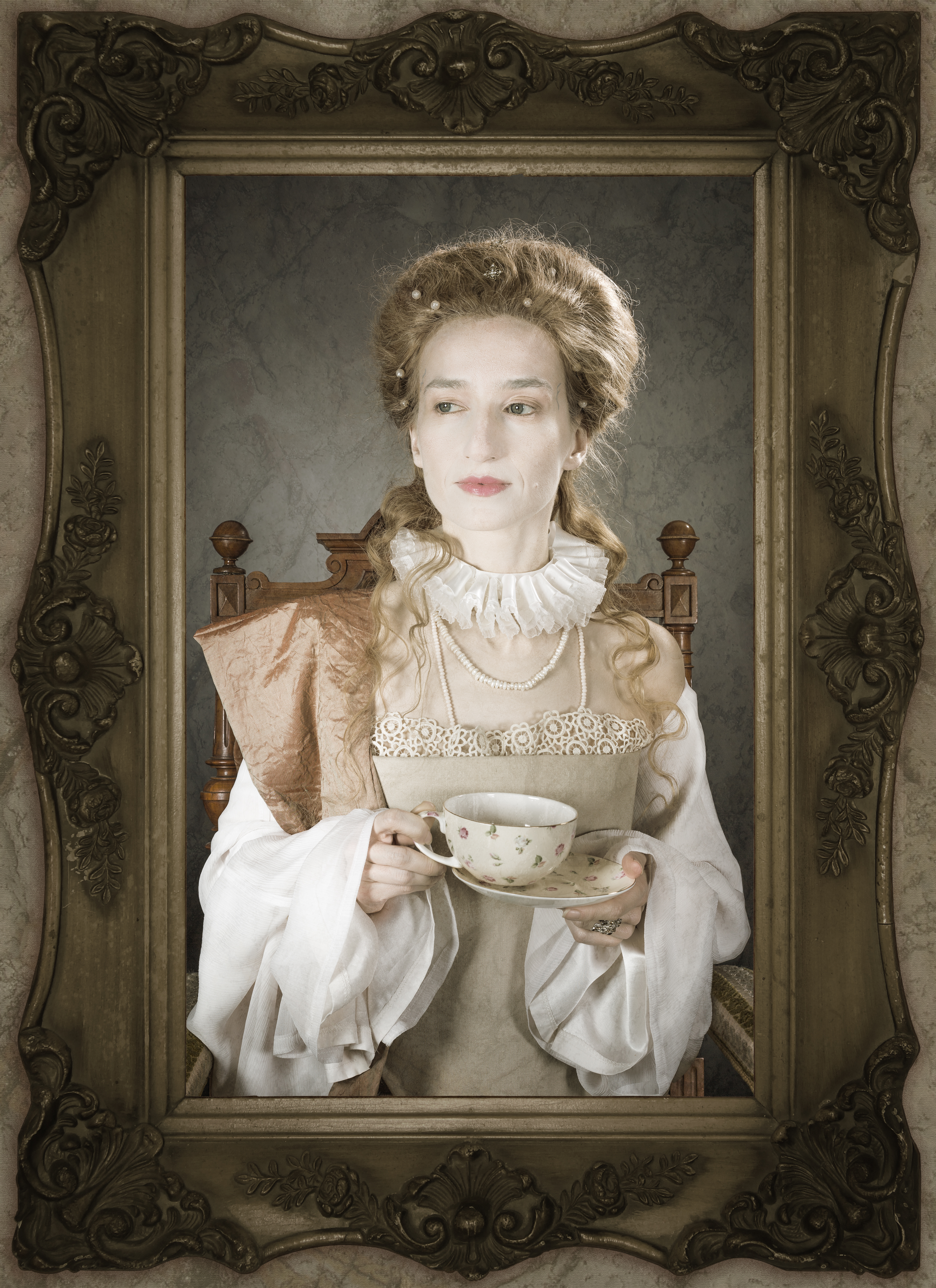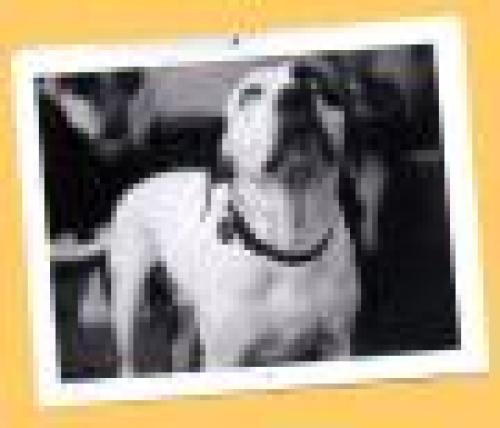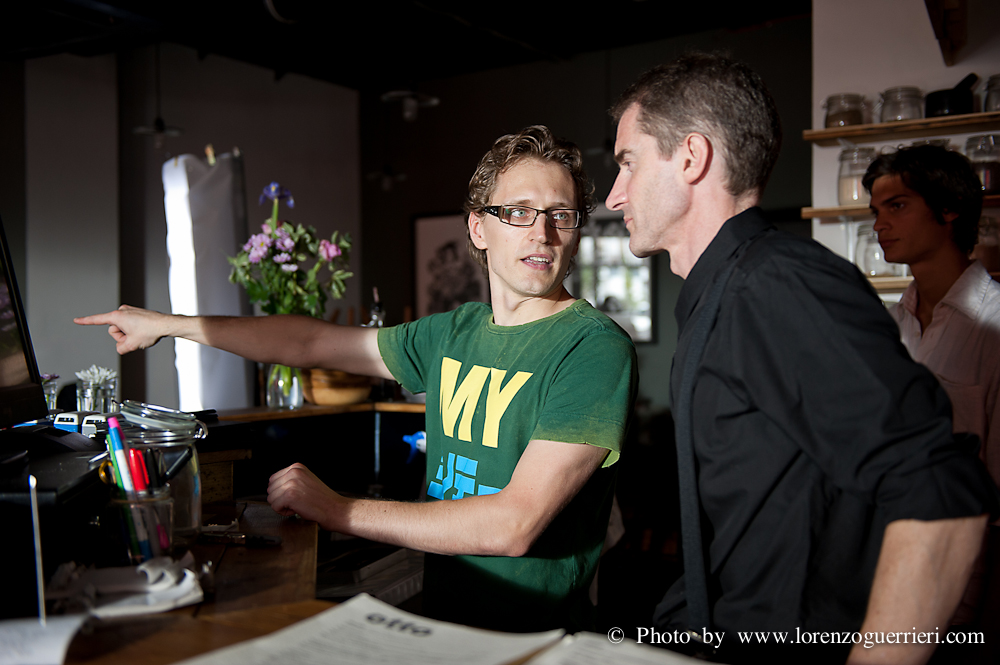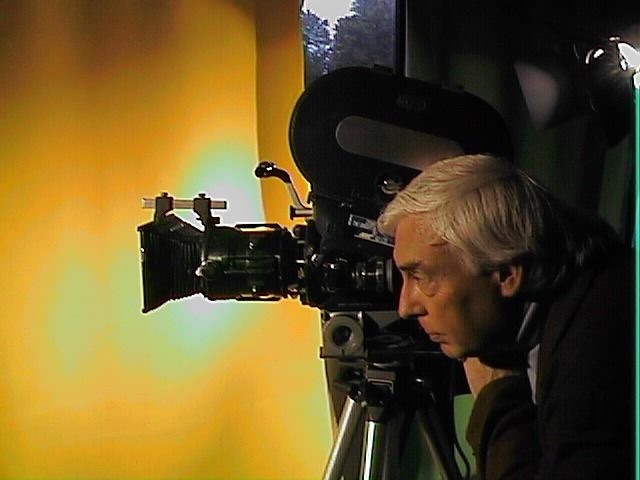ASK & DISCUSS
INDEXInter-cutting in screenplays
10 years, 4 months ago - Chris Armstrong
Screenwriters, can you help? Inter-cutting a great way to build tension and present two contrasting or related scenes within a film. Which is the best option:
1. Write your film as you imagine it on screen, carefully inter-cutting two related scenes to create a well-balanced script.
2. Concentrate on creating perfectly designed stand-alone scenes that fit neatly into the larger narrative structure – and leave any inter-cutting to the editor and the director, who will make their own decisions about the film anyway.
I have tried both and I can see the benefits to both options. Is there a preference within the industry or is this just a personal decision for a writer to make?
Chris
Only members can post or respond to topics. LOGIN
Not a member of SP? JOIN or FIND OUT MORE
10 years, 4 months ago - Alève Mine
2-columns sounds interesting. But how do you do that with celtx?
For a director it might be good to have the scenes in single blocks (same for the actors, unless you have another version for the actors), and the way you see it intercut in an addendum, still in 2 columns, with arrows or spaces to show that. So they'll get some further understanding of how you see things while keeping some freedom of action to service the way they shape the film overall. That said as of today I'm not known for sticking with standards much in this kind of thing, so you may want to figure out what the people you'll send it to will want.
I am doing something like your first alternative on an own script throughout. That's basically a scripted shotsheet or so. That's good when you otherwise have an overview already: this is not going to give the overview.
10 years, 4 months ago - Tom James
(Imagine those intercuts and cut tos on the right-hand side of the page)
10 years, 4 months ago - Stuart Wright
Potato / potarto ... The way I've shown it above is recognised format. The reason being its less words on the page. It's born out of the intercut for a telephone call but can apply to any two pieces of action you want to jump between... As long both locations and people are established, it works.
I agree colours and two columns are confusing.
10 years, 4 months ago - Conciere Taylor
Definitely do the scene that begins your intercutting and just go back and forth as you build up the idea. It's the standard technique and those in the industry won't have any trouble understanding what they're reading. If you have anymore formatting questions check out Dave Trottier's website.
10 years, 4 months ago - Dan Selakovich
I'm not a fan of the 2 column. It jumbles the read. Two column is most often used in commercials where you have dialogue on one side and visuals for the dialogue on the other. In a feature, we're following a linear visual.
On a practical side, how does the first AD and the PM schedule a double column when it gets to that point? Be safe and stick to standard script format.
10 years, 4 months ago - Nick Goundry
Hi Chris. There's perhaps some confusion here about definitions. Inter-cutting images relates to the specific ordering of visuals, which isn't actually the writer's job. The writer focuses on the story and themes - it's the director's job to choose the specific images that tell the story.
For that reason, the screenplay shouldn't go into too much detail about what the camera is actually seeing. That way lies over-writing.
For an on-screen phone conversation, the script should just clarify briefly that the characters are talking on the phone. The director decides which character appears on-screen and how the scene is shot, unless a particular character focus is specifically relevant to the story.
A sequence following a police raid showing cops and criminals would be simply written as a series of scenes telling a narrative, as opposed to inter-cutting. Bear in mind that an individual scene is defined by an ellipsis of time rather than a change in location, and a time ellipsis can be a fraction of a second.
I haven't read The Godfather screenplay, but the baptism scenes play out as simply a narrative sequence. The assassinations have been ordered to take place during the wedding, but crucially the specific scenes we're shown in the sequence are NOT occurring simultaneously.
The beats of the wedding and the beats of the killings are separated in time by at least a few seconds - the editing makes it deliberately non-specific - and this marks out the scenes as telling a linear narrative.
The wedding and the killings have been inter-cut as images in the edit, but writing the scenes as they appear in the finished film you would just write them as one scene following the next to convey the narrative.
Hope that helps,
Nick
10 years, 4 months ago - Lauris Beinerts
If the film needs inter-cutting, then definitely put it in the script! While it will be a decision later in the edit, it needs to first be in the script!
What is the best way of showing it then? Well, there is no right or wrong answer here, you just need to choose the way that fits what you imagine the audience will see on the screen, but which also doesn't clutter the page and is easy to read. I wouldn't use 2 columns myself, but that is just personal preferences.
I'd have a look here - it does concentrate on phone conversation, but I don't see a reason why you wouldn't be able to do it in other inter-cut scenes as well.
http://screenwriting.io/how-do-you-format-a-telephone-conversation-in-a-screenplay/
10 years, 4 months ago - Chris Armstrong
Thank you everyone for your messages and suggestions – this has really helped me think things through. I suppose it’s about getting the right balance in your script, using inter-cutting when it works well and avoiding too much intercutting and keeping things clear for the reader. It seems to me that there are two main types of inter-cutting:
1. Two or more events are taking place and they are directly linked by the narrative. I think when you write this type of scene you’re only really writing one scene which is split between locations e.g.
• A phone conversation (two sides of the conversation)
• A police raid (cops outside villains inside)
2. Two or more events that are not directly linked but are inter-cut for artistic reasons e.g. the baptism and the assassinations in The Godfather
Any further thoughts or comments would be welcome.
Chris
10 years, 4 months ago - Dan Selakovich
Speaking as an editor: if you want the scenes to intercut, write it that way. It's for the reader first. Period. And for me WAY down the road. And now that I'm old, I can say this: the vast majority of directors are idiots. Most don't know where to put the camera, much less figure a intercut scene. Spell that shit out for them.
I've intercut stuff that wasn't meant to be intercut, and scenes that were meant to be intercut. But as an editor, I prefer to see the writer's original intent. If it turns out that the scenes work well on their own, I'll do it that way, but first I'll cut it as written. The thing you have to realize about editing, is that it is a long process. We don't do a couple of cuts and let it go at that. The longest I ever worked on a film was for a year. That's a lot of re-working to find what works best for the audience.
Something else to keep in mind are scene transitions. Write to subconsciously suggest to the director a way to get from one intercut scene to the next. Whatever you do, don't give camera direction: "CU Jake as the bullet entered his chest" Do something like "The life left Jake's eyes." How else do you see his eyes, except with a CU? Make sense? So a scene transition might be:
"The life left Jake's eyes"
CUT TO:
"The stolen Gucci bag as it dangled from Cindy's arm"
The idea is that you are going from CU to CU between each scene without saying so.
Don't be afraid to use CUT TO: or SMASH CUT TO: These screen directions add a rhythm to the read if the intercut goes on for several pages. Anyway, it's a really good idea to work in those scene transitions, especially when intercutting two or more scenes.
Write it the way you want it to be.
10 years, 4 months ago - Tom James
No to colours. No to columns. Both are wrong, the former is hilarious and the latter; impossible to read. You're writing a story, not a jigsaw puzzle. It's not the job the reader to figure out what you're trying to do.
Scripts should be as easy for the reader to consume as possible. If it works on the page, it works on the screen - that's the case for every structural technique including the intercut.
If there is a reason to use it (and it works) then it's your job as the writer to put it in the script.
Don't intercut a scene because you think it's a cool technique. If you can't make it work, then the reason behind it is flawed.
How's it done? As straightforwardly as possible.
Don't title the scene as intercut and leave it for the editor to figure out where. At this stage, it's your job to tell the story, your job to create dramatic tension. You tell it on the page. Final Draft has an intercut function built in - as a transition - and I don't use it often, but I have used it in the past, once very successfully to juxtapose two different characters meanwhile introducing the lead and presenting an inciting incident. It also presented unreliable narration. All of this could've been achieved by presenting one scene after the other, but it would have been less efficient.
This is how my editor and I settled on a format, and I've found this to be the universally accepted:
INT. KWIKSAVE SUPERMARKET - DAY
Action and/or dialogue - blah blah blah.
INTERCUT WITH:
INT. SEX DUNGEON - NIGHT
Action and/or dialogue - blah blah blah
OPTIONAL BACK TO/CUT TO:
SUPERMARKET (Bold/capped action not scene heading)
More action.
SEX DUNGEON
Blah blah blah.
SUPERMARKET
Blah blah blah.
When it comes to shooting, you can always pull these sequences apart for ease of the production. But if you're writing to tell a story, and you need an intercut, That's how you do it.
10 years, 4 months ago - Alève Mine
Maybe a change of color then instead of the columns, would that work?
10 years, 4 months ago - Dan Smith
The best thing to do is to write to form i.e., Sc 1, Sc2, Sc4, etcetera. If you adhere to fairly strong dramatic principles (there are thousands of books on them), you can't go far wrong.
10 years, 4 months ago - Franz von Habsburg FBKS MSc
Alève - which is why I use industry standard Final Draft, because I have used 2 columns several times, eg when a song with germane words is being sung behind dialogue which is affected by the words. This technique doesn't increase your pagination either :-)
10 years, 4 months ago - Ed Griffiths
Hey Chris, the simplest and most direct technique for intercutting related scenes I know is simply to put (CONTINUOUS) after the appropriate scene headings. It's self explanatory and indicates you are relating those scenes to each other. Hope that helps!
10 years, 4 months ago - Tom James
Hey Stuart, no disrespect intended. Different strokes and all that - you're absolutely right. I like lines of white (they're my friends) and in the past, when I've intercut scenes (which isn't very often) the sequences have been quite involved bits of action or dialogue; I wanted to make the juxtaposition as clear as possible by dictating the cut in the script.
It works for me personally and it's always been accepted is all I'm saying. Not that it's the only way it can be done. Ultimately, like I said further up my overly verbose reply...However you do it; make it as straightforward as possible.
10 years, 4 months ago - Stuart Wright
You don't say what two bits of action your intercutting to and from.
Assuming we've established two places and who is in them I would:
INTERCUT: INT. FACTORY OFFICE / BOB'S KITCHEN - DAY
The phone RINGS. It startles Bob.
Mary, cell phone glued to her ear, roots through a filing cabinet.
MARY
Pick up. Pick up.
Bob disconnects the phone from the wall.
Mary hurls her cell phone at the wall.
Etc
And what Dan advises too
10 years, 4 months ago - Paddy Robinson-Griffin
Not answering as a writer or editor, but from a production viewpoint -
The screenplay (unless commissioned) has to sell itself, and before being made will go through many sets of hands, so it has to communicate effectively. The implementation of the script will, as you say, be butchered, nudged, tweaked, paced etc at any number of stages, however to get to that stage, it must be clear what it's aiming to do.
In your script, it sounds like the timing/sequence of events is critical to the outcome, so there are timings that must be preserved for the script to make sense. As such, I'd look at whatever format communicates that the most clearly - intercut or even two columns to make it clear to the reader.










